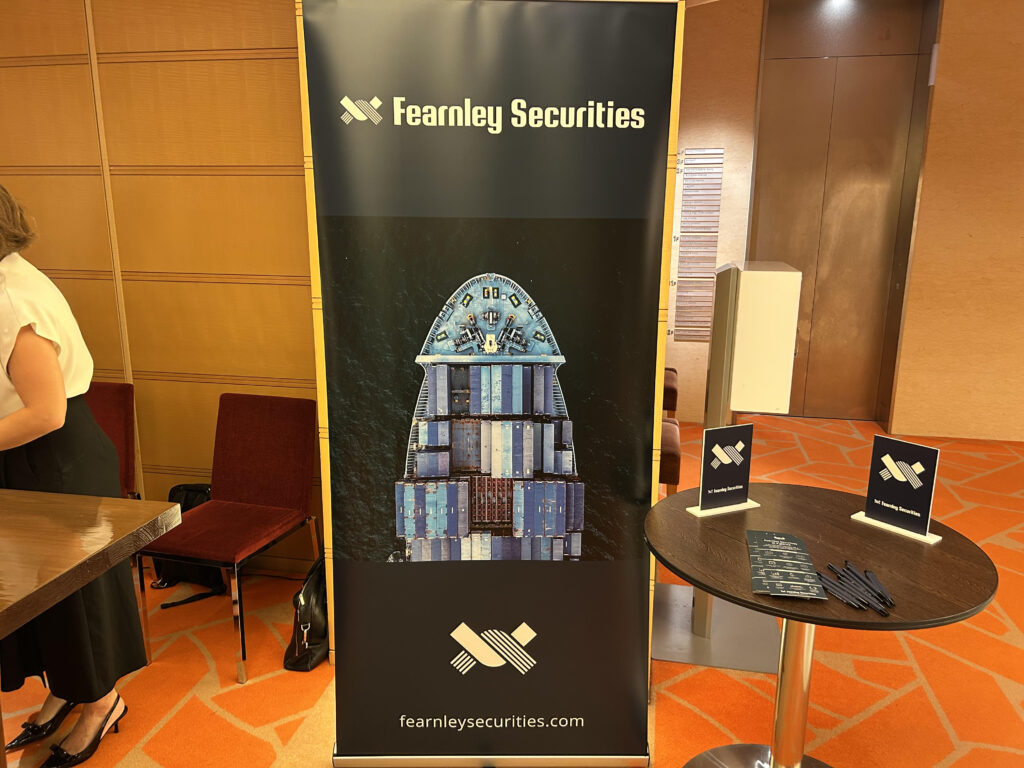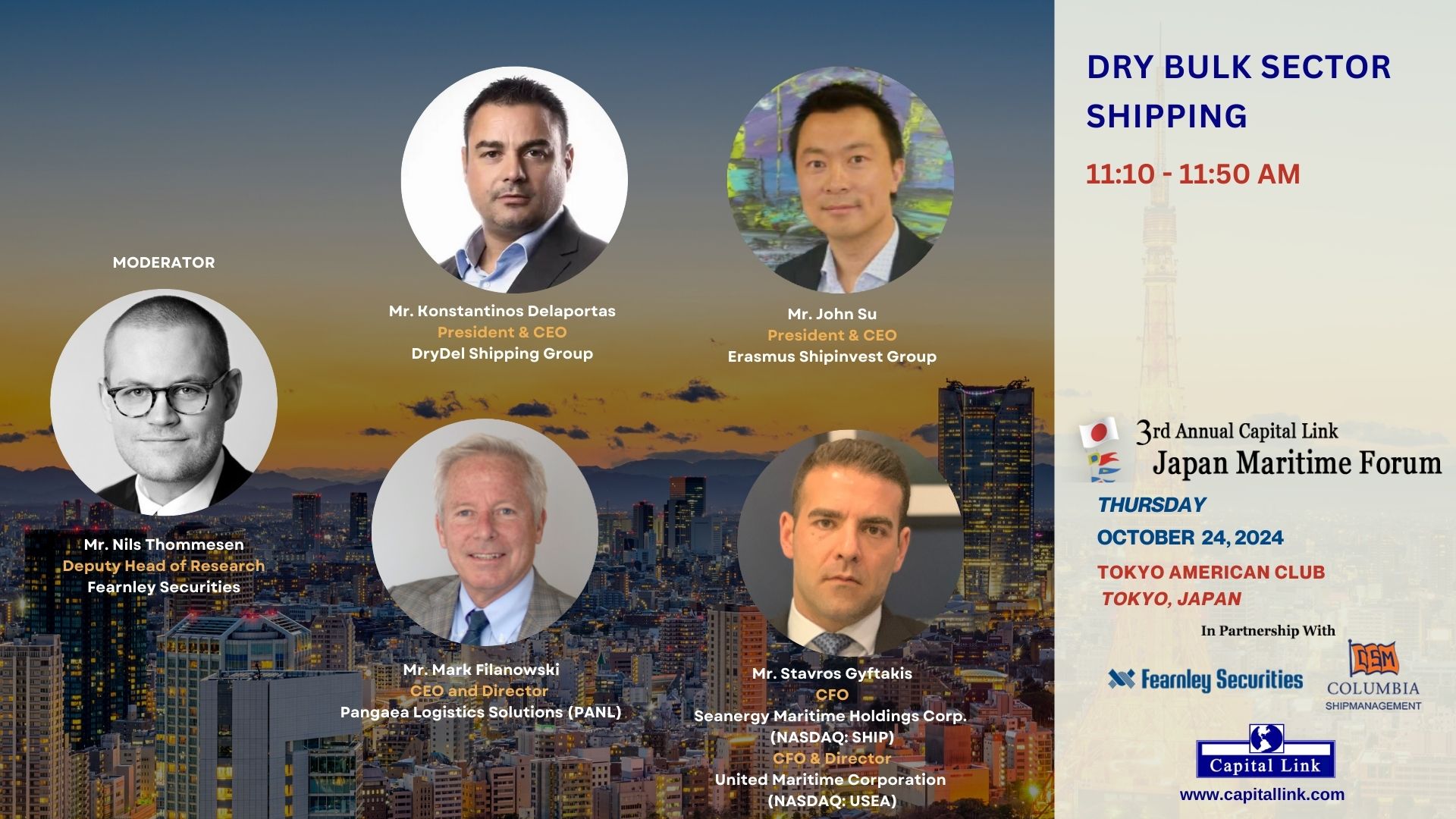Majority Predicts Stable Market Conditions for the Dry Bulk Sector Next Year
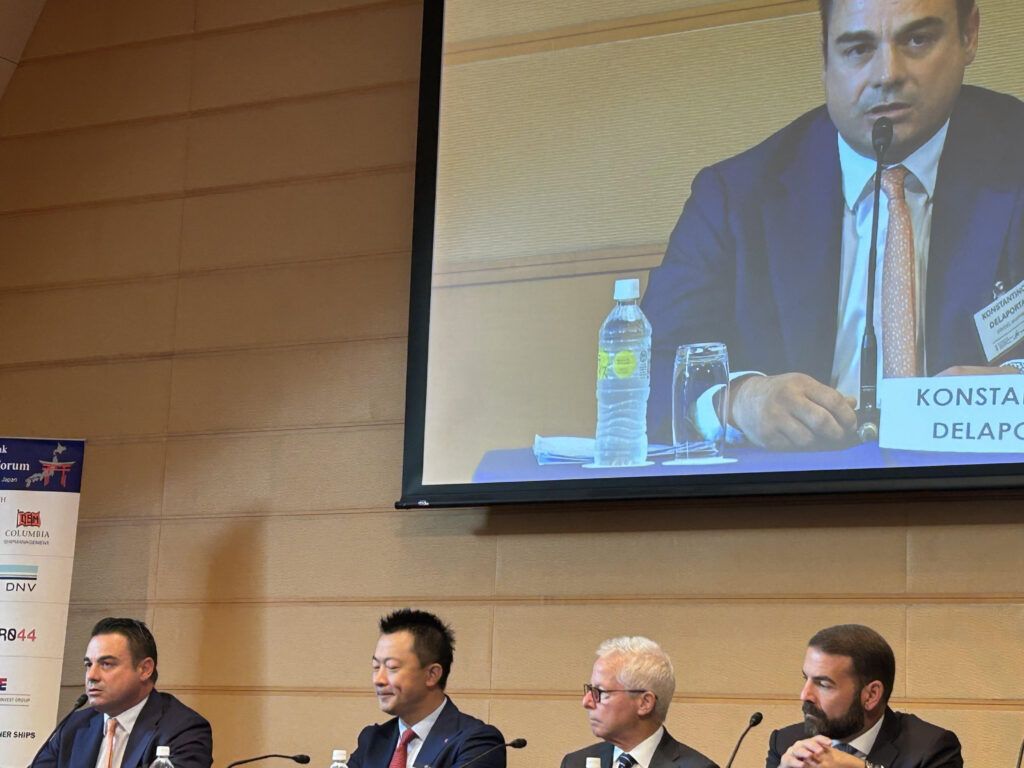
On October 24, 2024, a maritime forum hosted by U.S.-based Capital Link took place at the American Club in Minato Ward, Tokyo. The forum featured panel discussions by sector, with a focus on the dry bulk industry. Topics included the market outlook beyond 2025, the relationship between shipping companies and investors, and the impact on stock prices.
(Text by Hiro Yamamoto)
Photo courtesy of Capital Link, Hirofumi Yamamoto
■The following industry representatives participated in the panel:
– Konstantinos Delaportas(President & CEO, DryDel Shipping)
– Mark L. Filanowski(CEO & Director, Pangaea Logistics Solutions)
– John Su(President & CEO, Erasmus Shipinvest Group)
– Stavros I. Gyftakis (CFO, Synergy Maritime Holding Corp)
– Nils Thommesen(Deputy Head of Research, Fearnley Securities) [Moderator]
■Market Outlook: Prospects for the Dry Bulk Sector
Konstantinos Delaportas, President and CEO of DryDel Shipping, shared his market outlook, stating, “While China continues its steel exports, India, with its population of 1.4 billion, is experiencing ongoing economic growth. Raw material shipments to India are expected to increase from next year onwards.”
DryDel Shipping currently owns 11 mid-sized bulk carriers and has nine new builds on order. The company also operates 18 vessels on medium- to long-term charter agreements from Japanese owners. “There are very few new dry bulk vessels on order. Although Chinese shipyards are securing more contracts, they primarily specialize in large tankers. DryDel remains committed to placing new orders with Japanese shipyards,” said Delaportas, expressing optimism that the limited supply of new builds would support stable market conditions.
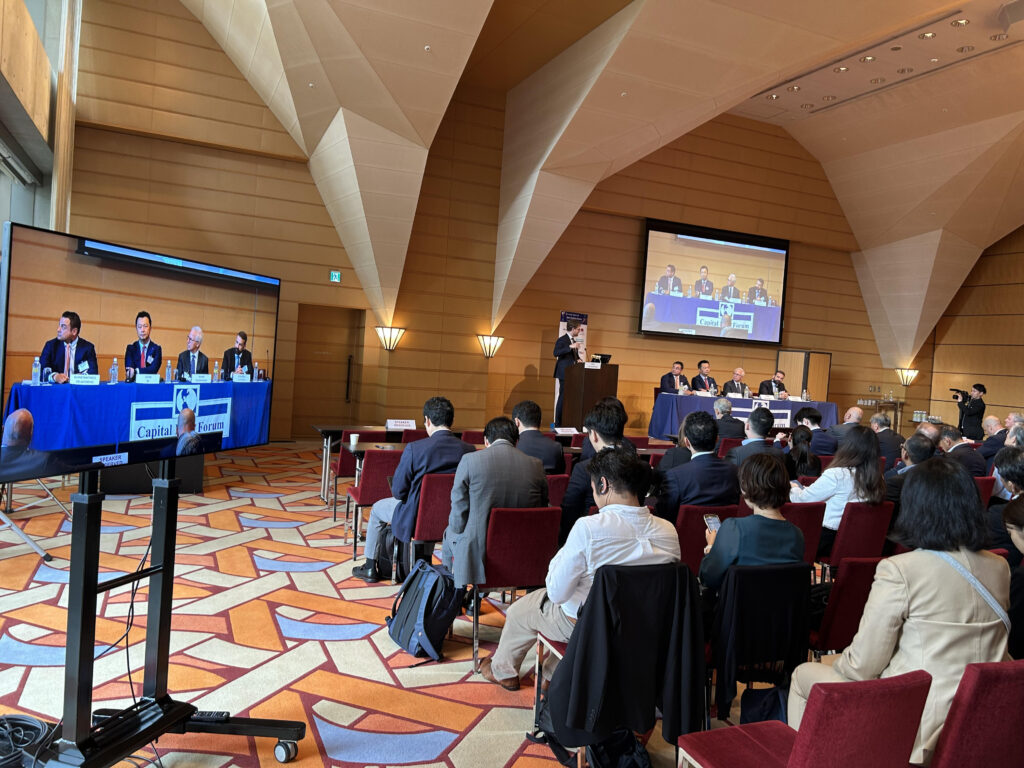
■Geopolitical Risks and Market Complexity: Insights from Erasmus Shipinvest Group
John Su, President and CEO of Erasmus Shipinvest Group, emphasized the growing impact of geopolitical risks on the industry, stating, “The dry bulk market has evolved from a traditional two-tier structure to a more technologically complex system.” Founded in 2010, Erasmus manages and operates approximately 40 vessels, including dry bulk carriers, feeder container vessels, and LPG carriers.
“We expect even more opportunities to arise next year,” Su said. “Over the past three years, fleet capacity has decreased, and the supply of Capesize vessels has declined. We anticipate this trend to continue for some time.” Beyond dry bulk operations, the company is also actively investing in small LPG carriers. “These smaller vessels, particularly LPG carriers, are currently highly profitable, delivering strong returns on investment. Additionally, there is relatively low order backlog in these segments,” Su explained.
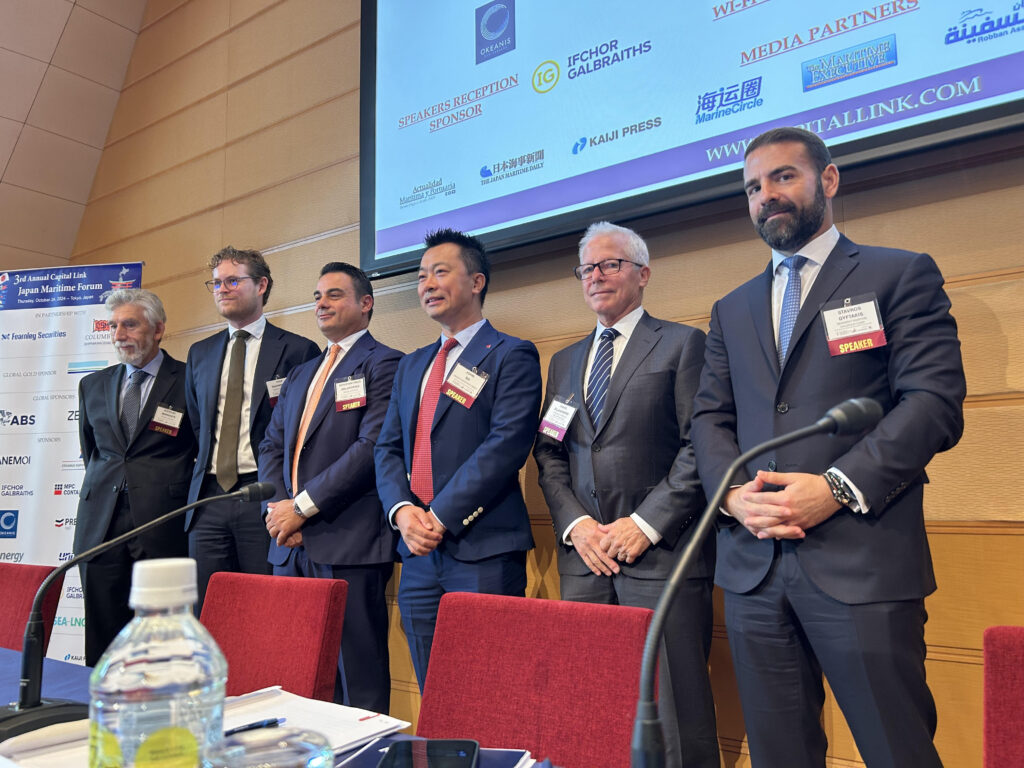
■Aging Fleet and Environmental Regulations: Pangaea Logistics’ Strategy
Mark L. Filanowski, CEO and Director of NASDAQ-listed Pangaea Logistics Solutions, discussed the recent integration of 15 new Handysize dry bulk carriers into the company’s fleet in September. “You may think I’m bullish—and you’re right. One major reason is that very few vessels are being scrapped,” he remarked.
Filanowski further explained, “The dry bulk fleet is aging, and more vessels are expected to be scrapped next year. With increasing focus on fuel and emissions, even slight rises in fuel prices, operating costs, or docking and repair expenses could accelerate scrapping activity.”
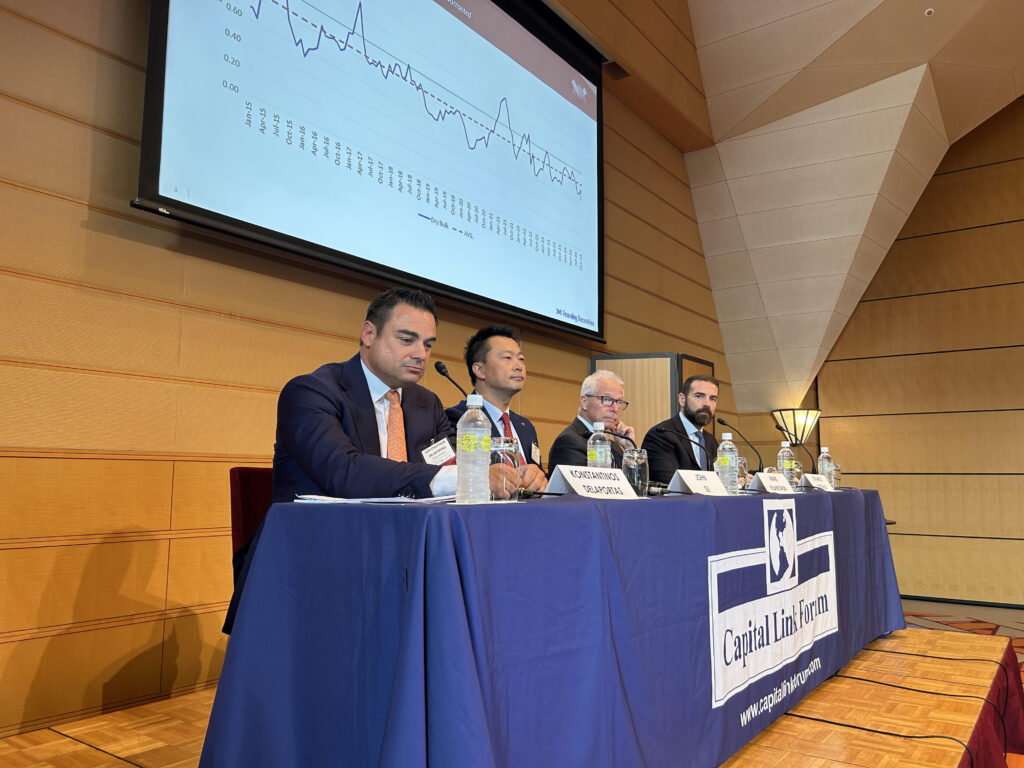
■Stock Price and Investment Strategy: Synergy Maritime Holding’s Perspective
Stavros I. Gyftakis, CFO of NASDAQ-listed Synergy Maritime Holding Corp, shared his insights on the relationship between Net Asset Value (NAV) and the shipping business. He remarked, “This is a very interesting topic,” and elaborated:
“I believe that stock prices should ultimately reflect the potential profits or cash flows that will be distributed to shareholders, rather than the purchase price of assets like vessels. What matters most is how those assets are utilized to create value. Many listed companies focus too much on NAV and may not be paying enough attention to what they should be doing.”

■Conclusion
Through this panel, I heard speakers say, “No one knows which fuel will be dominant in the future, but the prevailing view is that slow steaming can effectively reduce greenhouse gas (GHG) emissions.” He further noted, “Currently, it is mainly large shipping companies that are adopting new fuels, with little participation from small to mid-sized Greek shipowners.”
The Capital Link Maritime Forum offered a variety of perspectives on the dry bulk sector, with a prevailing sense of optimism regarding the market outlook beyond next year. While India’s economic growth and the scrapping of aging vessels are expected to shape the market, the introduction of new fuels highlights the need for strategic approaches tailored to each company’s circumstances.
〆キャピタル・リンク、東京でセミナーを開催
ドライバルク・セクターでは「市況は来年も堅調に推移」との意見が多数
2024年10月24日、東京都港区のアメリカン・クラブで、米キャピタル・リンク主催の海事フォーラムが開催された。本フォーラムでは、海運業界の部門別パネルディスカッションが行われ、ドライバルク・セクターでは2025年以降の市況見通しや、海運会社と投資家の関係、株価の影響について議論が交わされた。
(Text by Hiro Yamamoto)
Photo courtesy=Capital Link
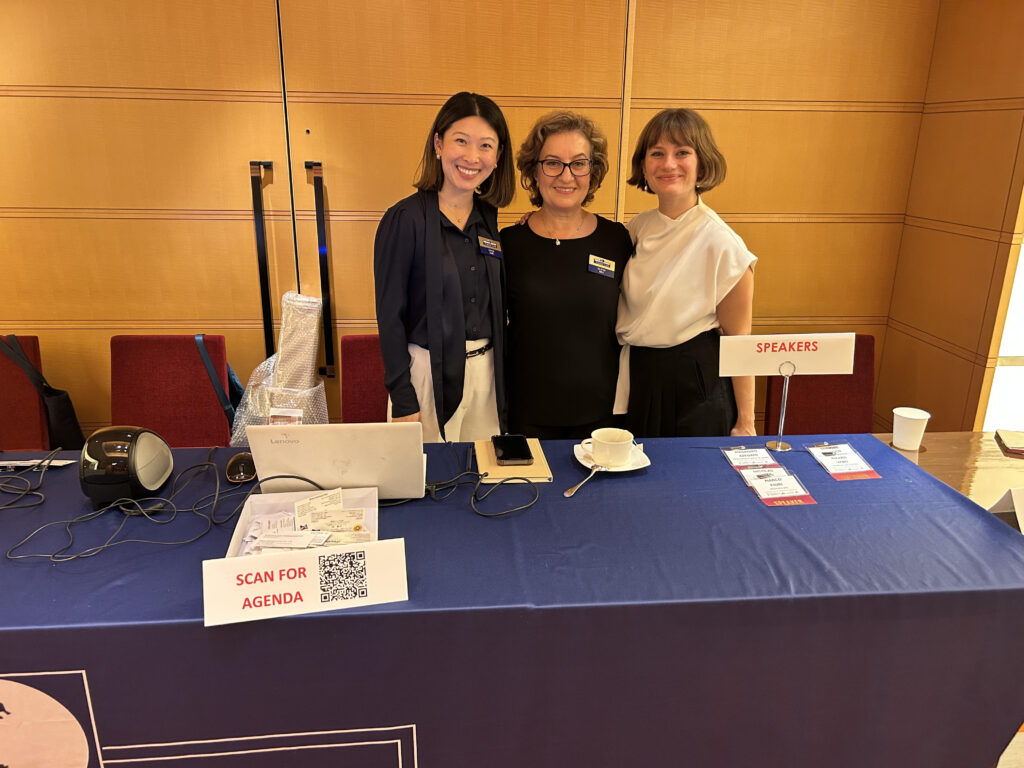
■パネルには以下の業界代表者が参加した:
Konstantinos Delaportas (President & CEO, DryDel Shipping)
Mark L. Filanowski (CEO & Director, Pangaea Logistics Solutions)
John Su (President & CEO, Erasmus Shipinvest Group)
Stavros I. Gyftakis (CFO, Synergy Maritime Holding Corp)
Nils Thommesen (Deputy Head of Research, Fearnley Securities)【モデレーター】
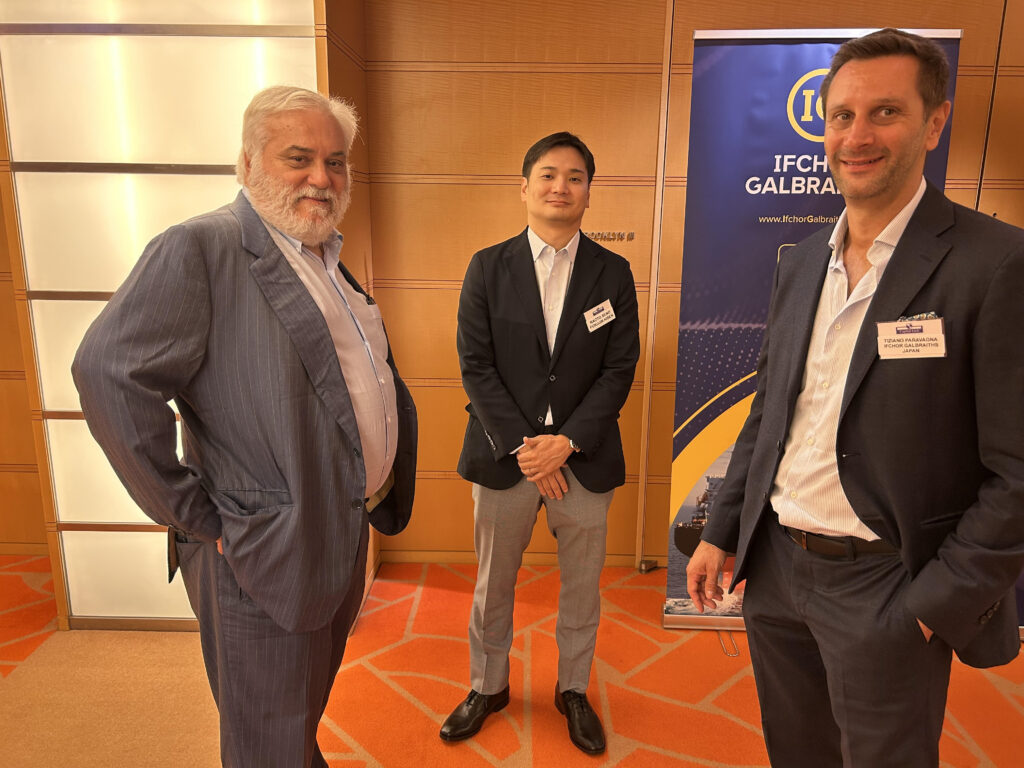
■市場見通し:ドライバルク・セクターの展望
DryDel Shippingの社長兼CEO、Konstantinos Delaportas氏は、市場見通しについて「中国の鉄鋼輸出が継続する一方で、インドは14億人の人口を抱え、経済成長が続いています。来年以降、インド向けの原料輸送は増加するでしょう」と述べた。
DryDelは中型バルカーを中心に保有し、新造船の発注残を持つ。また、日本の船主から中長期の用船契約で運航している。Delaportas氏は「ドライ船の新造船発注残は極めて少ない。中国の造船所の受注は増加しているが、彼らが得意とするのは大型タンカーです。DryDelは一貫して日本の造船所に新造船を発注しています」とし、新造船供給が少ないことを背景に、市況は今後も堅調に推移するとの見通しを示した。
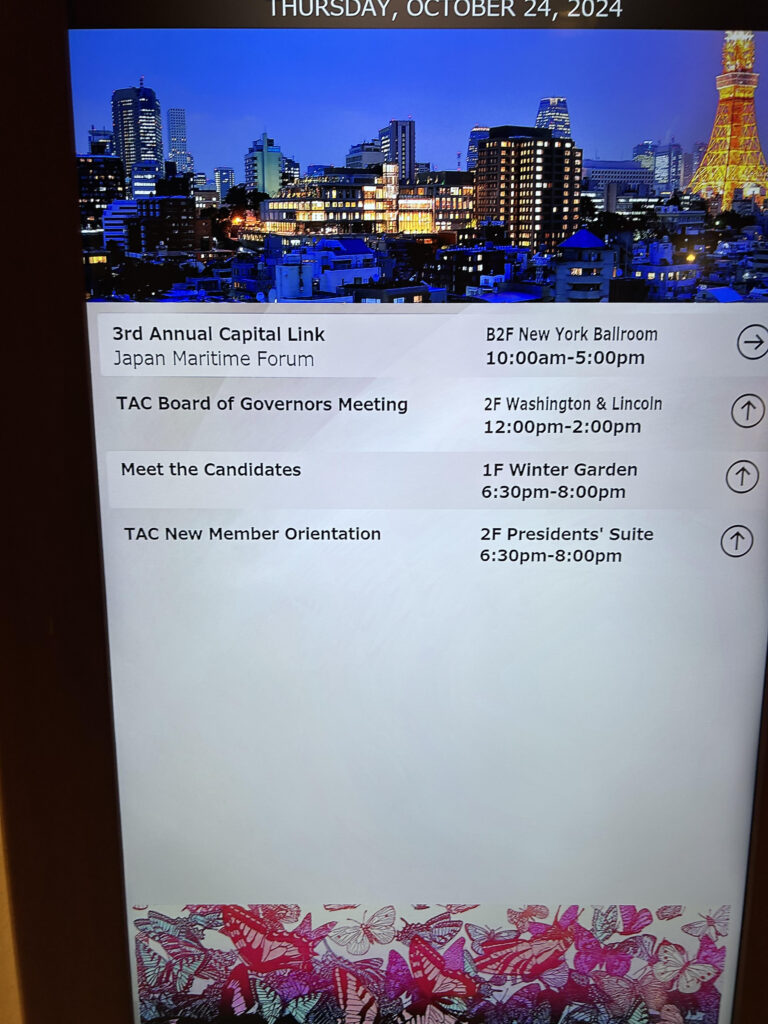
■地政学リスクと市場の複雑化:Erasmus Shipinvest Groupの見解
Erasmus Shipinvest Groupの社長兼CEO、John Su氏は、地政学的なリスクの影響を指摘し、「ドライ市場は従来の二層構造から、技術的にもより複雑な構造へと進化しています」と述べた。同社は2010年に設立され、ドライバルク船、フィーダーコンテナ船、LPG船の計約40隻を運航・管理している。
Su氏は、「来年にはさらに多くの機会が生まれるでしょう。過去3年間、船腹が減少し、ケープサイズ船の供給量も減少しています。この傾向は今後もしばらく続くと予測しています」と語った。また、同社はドライバルク事業だけでなく、小型LPG船などにも積極的に投資している。「小型船や小型LPG船は、現在、収益性が高く、投資に対する利益還元も大きい。これらの分野では受注残が比較的小さいことも分かっています」との見解を示した。
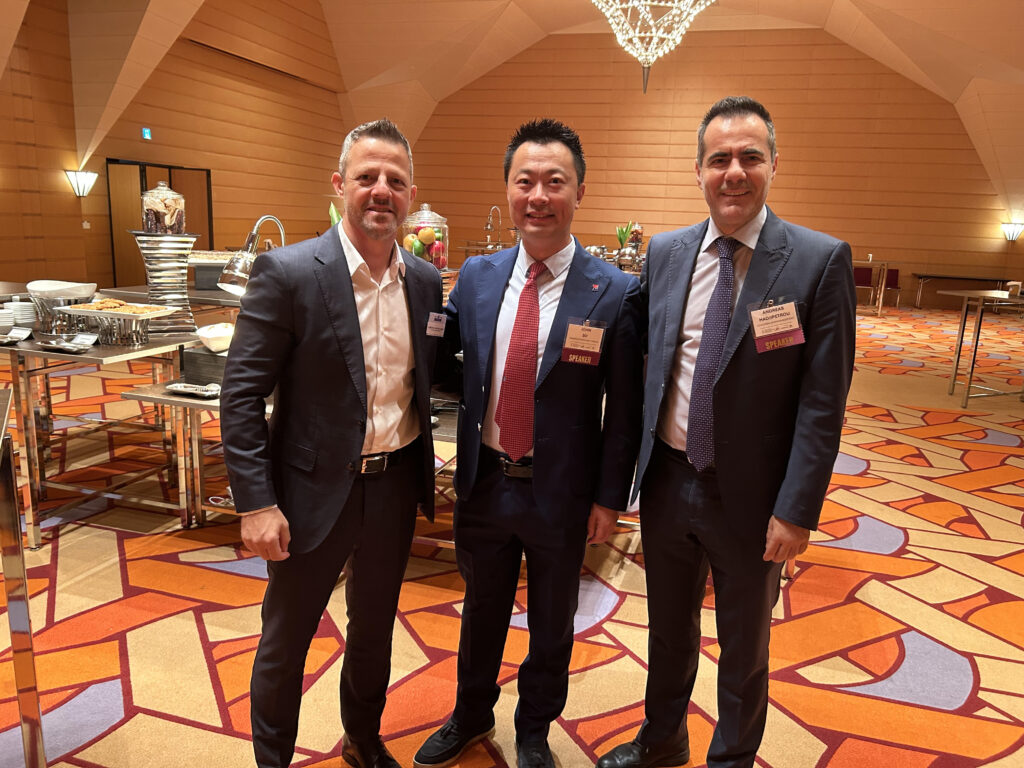
■老齢船の解撤と環境規制:Pangaea Logisticsの戦略
NASDAQに上場するPangaea Logistics SolutionsのCEO兼ディレクター、Mark L. Filanowski氏は、同社が9月に新たにハンディサイズ型のドライバルク船15隻を統合したことについて、「皆さんは私が強気だと思うでしょう。その通りです。大きな理由の一つは、船がほとんどスクラップされていないことです」と述べた。
Filanowski氏はさらに、「ドライセクターの船舶は老朽化が進んでいます。来年はより多くの解撤が予測されます。燃料と排出ガスへの注目が高まっており、燃料価格や船舶の移動費用、修理費用、ドック入り費用が少し上昇するだけでも解撤が増加するでしょう」との見通しを示した。

■株価と投資戦略の考察:Synergy Maritime Holdingの視点
同じくNASDAQに上場するSynergy Maritime Holding CorpのCFO、Stavros I. Gyftakis氏は、NAV(純資産価値)と海運事業との関連性について問われ、「非常に興味深い」と述べ、次のように説明した:
「私は、株価は最終的に株主に分配される利益やキャッシュフローの潜在的可能性に基づいて決まるべきだと考えています。資産(船舶)の購入価格とは関係ありません。重要なのは、その資産をどのように活用して価値を生み出すかという点です。多くの上場企業はNAVにばかり集中し、本来やるべきことに十分集中できていないかもしれません。」
また、新燃料の導入については、「どの燃料が将来選ばれるかは誰にも分かりませんが、減速航海を活用することで温室効果ガス(GHG)を削減できるとの見方が主流です」と述べた。Gyftakis氏は、「現在、新燃料を導入しているのは主に大手海運企業であり、中小のギリシャ船主が積極的に新燃料を導入する動きはほとんど見られません」と結論づけた。
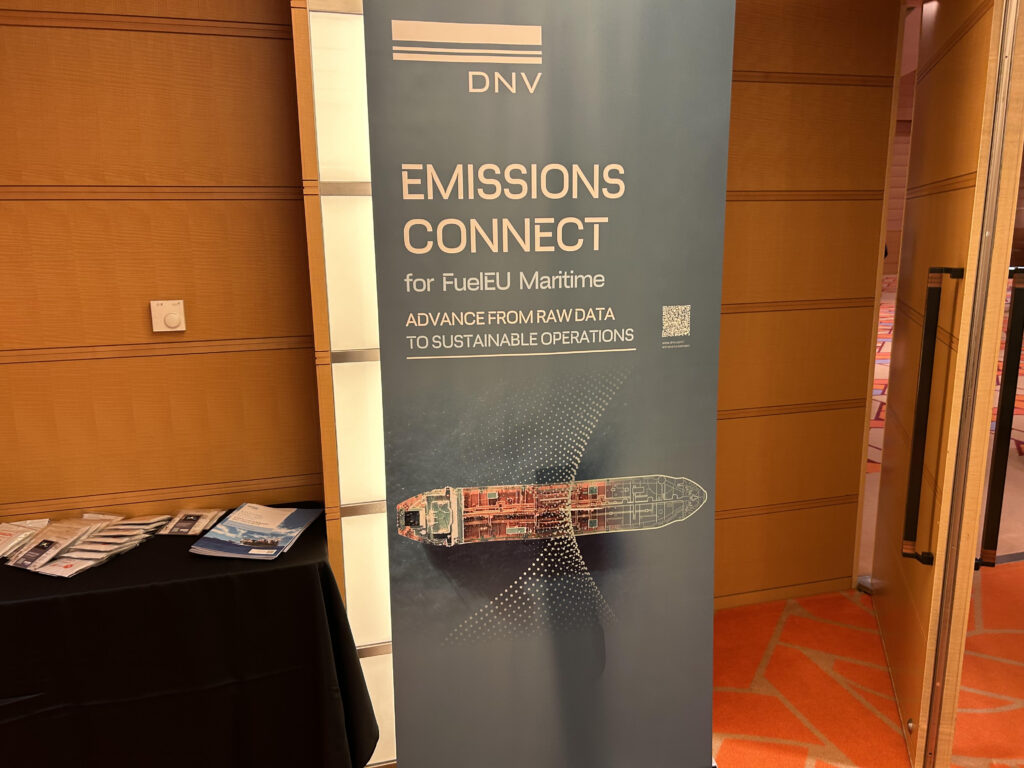
■まとめ
今回のキャピタル・リンク海事フォーラムでは、ドライバルク・セクターに関する多様な意見が交わされ、来年以降の市場見通しについて強気な見解が多数を占めた。インド経済の成長や老齢船の解撤進展が市場に影響を与える一方、新燃料の導入が進む中で、企業ごとの戦略が問われる状況が浮き彫りとなった。
